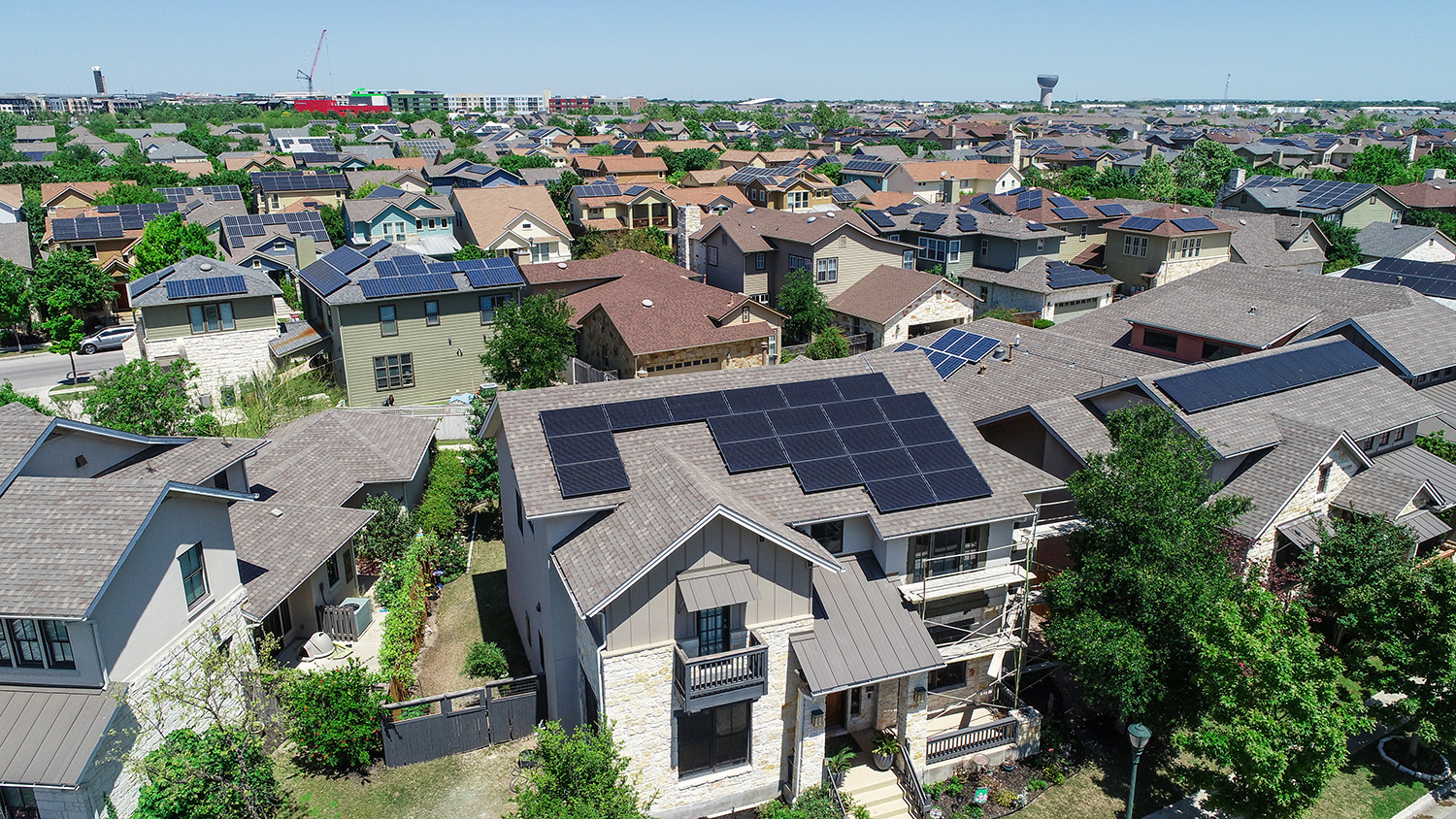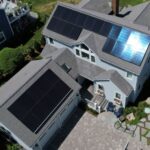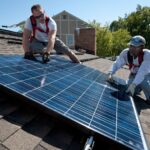EV Chargers Become a Popular Amenity for New Homes

Electric vehicle sales have reached an all-time high yet again hitting another record, signaling the rapid growth of the all-electric lifestyle. A study conducted by Cox Automotive reveals that Year-to-date EV sales through September reached just over 873,000, putting the market firmly on track to surpass 1 million for the first time ever. The milestone will likely be achieved this month in November. With escalating gas prices and new policies aimed at fostering industry growth, experts anticipate a swift rise in these numbers.
One industry that’s acutely tuned into this upward trend is the new homes market. Leading homebuilders across the nation are fully embracing the concept of all-electric communities. A notable driver behind this shift is California’s groundbreaking Title 24 energy code, which mandates the integration of solar power and other sustainable features in all new homes. Within the code are requirements for a portion of multifamily parking areas to be designated as EV-ready and for all new homes to be equipped with 240-volt outlets, facilitating electric vehicle chargers and solar batteries. Many of these requirements are relatively recent as the Title 24 energy code continues to evolve in line with California’s ambitious climate objectives.
In addition to the Title 24 energy code, the California Air Resources Board recently made a historic decision to phase out new gas-fueled vehicles. By 2026, California aims for 35% of new vehicle sales to be electric, increasing to 68% by 2030. This policy shift is expected to gain traction in other U.S. states and will further accelerate EV adoption.
Navigating these changes can be challenging, and consulting with Catalyst Solar’s professionals in new home and multifamily solar can help builders avoid costly missteps. The key to success lies in seamlessly incorporating these clean energy technologies during the initial design phase of new developments. By integrating solar energy, solar batteries, and EV chargers into the foundational design, builders can save time and money while preserving the aesthetics of the structures. For instance, multifamily developers who prepare the necessary infrastructure for EV expansion not only meet regulatory requirements but also tap into an additional revenue stream. Through intelligent EV charging and load management software, property owners can recover charges at retail rates for EV charging (typically ranging from .25 to .40 cents per kilowatt-hour). These costs can even be offset by applying credits earned from the development’s solar generation. Through the combination of driver fees and solar credits, property owners can generate profits and provide an enticing amenity for tenants.
The process is simpler for single-family new home communities, but the concept of integrating EV charging during the design phase remains essential. Equipping homes with 240-volt outlets grants homeowners the flexibility to use cleaner energy as they see fit. Some of the nation’s leading builders are at the forefront of this transition by creating entire communities equipped with clean energy amenities, including solar panels, solar storage, and EV chargers.
With incentives for both builders and homeowners under the new Inflation Reduction Act legislation, electrification trends are set to continue their upward trajectory. The solar Investment Tax Credit has been reinstated at 30% and will be available for the next decade, along with a 30% tax credit for solar batteries. Qualified taxpayers can also take advantage of a 30% tax credit for EV chargers. Additionally, there is a tax credit of up to $7,500 for qualified EV owners who meet specific requirements.
New home and multifamily developers who incorporate EV charging into their projects are positioning themselves at the forefront as EV sales surge. At Catalyst Solar, our clean energy experts are eager to assist you in embarking on the right path with top-notch products and guidance that can help reduce project costs. Go solar with us, and together, we’ll revolutionize the way we power our world.


